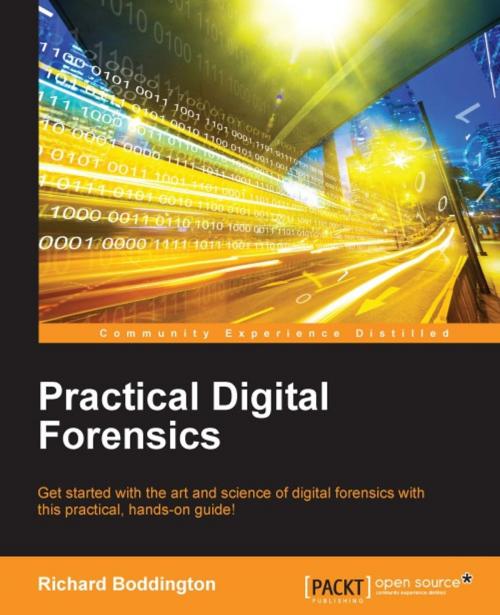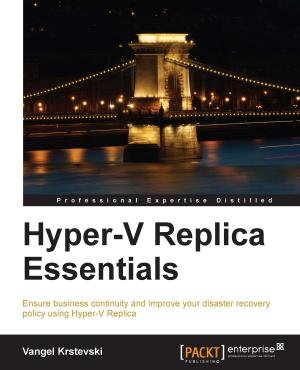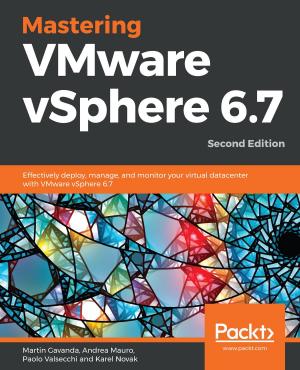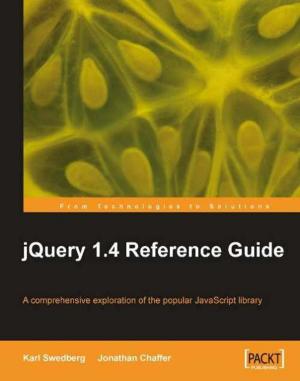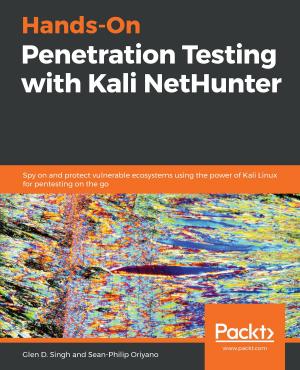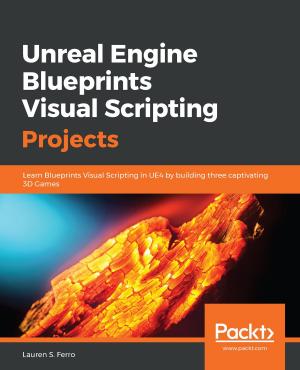Practical Digital Forensics
Nonfiction, Computers, Networking & Communications, Computer Security, Operating Systems, Application Software| Author: | Richard Boddington | ISBN: | 9781785881084 |
| Publisher: | Packt Publishing | Publication: | May 26, 2016 |
| Imprint: | Packt Publishing | Language: | English |
| Author: | Richard Boddington |
| ISBN: | 9781785881084 |
| Publisher: | Packt Publishing |
| Publication: | May 26, 2016 |
| Imprint: | Packt Publishing |
| Language: | English |
Get started with the art and science of digital forensics with this practical, hands-on guide!
About This Book
- Champion the skills of digital forensics by understanding the nature of recovering and preserving digital information which is essential for legal or disciplinary proceedings
- Explore new and promising forensic processes and tools based on 'disruptive technology' to regain control of caseloads.
- Richard Boddington, with 10+ years of digital forensics, demonstrates real life scenarios with a pragmatic approach
Who This Book Is For
This book is for anyone who wants to get into the field of digital forensics. Prior knowledge of programming languages (any) will be of great help, but not a compulsory prerequisite.
What You Will Learn
- Gain familiarity with a range of different digital devices and operating and application systems that store digital evidence.
- Appreciate and understand the function and capability of forensic processes and tools to locate and recover digital evidence.
- Develop an understanding of the critical importance of recovering digital evidence in pristine condition and ensuring its safe handling from seizure to tendering it in evidence in court.
- Recognise the attributes of digital evidence and where it may be hidden and is often located on a range of digital devices.
- Understand the importance and challenge of digital evidence analysis and how it can assist investigations and court cases.
- Explore emerging technologies and processes that empower forensic practitioners and other stakeholders to harness digital evidence more effectively.
In Detail
Digital Forensics is a methodology which includes using various tools, techniques, and programming language. This book will get you started with digital forensics and then follow on to preparing investigation plan and preparing toolkit for investigation.
In this book you will explore new and promising forensic processes and tools based on ?isruptive technology' that offer experienced and budding practitioners the means to regain control of their caseloads. During the course of the book, you will get to know about the technical side of digital forensics and various tools that are needed to perform digital forensics. This book will begin with giving a quick insight into the nature of digital evidence, where it is located and how it can be recovered and forensically examined to assist investigators. This book will take you through a series of chapters that look at the nature and circumstances of digital forensic examinations and explains the processes of evidence recovery and preservation from a range of digital devices, including mobile phones, and other media. This book has a range of case studies and simulations will allow you to apply the knowledge of the theory gained to real-life situations.
By the end of this book you will have gained a sound insight into digital forensics and its key components.
Style and approach
The book takes the reader through a series of chapters that look at the nature and circumstances of digital forensic examinations and explains the processes of evidence recovery and preservation from a range of digital devices, including mobile phones, and other media. The mystery of digital forensics is swept aside and the reader will gain a quick insight into the nature of digital evidence, where it is located and how it can be recovered and forensically examined to assist investigators.
Get started with the art and science of digital forensics with this practical, hands-on guide!
About This Book
- Champion the skills of digital forensics by understanding the nature of recovering and preserving digital information which is essential for legal or disciplinary proceedings
- Explore new and promising forensic processes and tools based on 'disruptive technology' to regain control of caseloads.
- Richard Boddington, with 10+ years of digital forensics, demonstrates real life scenarios with a pragmatic approach
Who This Book Is For
This book is for anyone who wants to get into the field of digital forensics. Prior knowledge of programming languages (any) will be of great help, but not a compulsory prerequisite.
What You Will Learn
- Gain familiarity with a range of different digital devices and operating and application systems that store digital evidence.
- Appreciate and understand the function and capability of forensic processes and tools to locate and recover digital evidence.
- Develop an understanding of the critical importance of recovering digital evidence in pristine condition and ensuring its safe handling from seizure to tendering it in evidence in court.
- Recognise the attributes of digital evidence and where it may be hidden and is often located on a range of digital devices.
- Understand the importance and challenge of digital evidence analysis and how it can assist investigations and court cases.
- Explore emerging technologies and processes that empower forensic practitioners and other stakeholders to harness digital evidence more effectively.
In Detail
Digital Forensics is a methodology which includes using various tools, techniques, and programming language. This book will get you started with digital forensics and then follow on to preparing investigation plan and preparing toolkit for investigation.
In this book you will explore new and promising forensic processes and tools based on ?isruptive technology' that offer experienced and budding practitioners the means to regain control of their caseloads. During the course of the book, you will get to know about the technical side of digital forensics and various tools that are needed to perform digital forensics. This book will begin with giving a quick insight into the nature of digital evidence, where it is located and how it can be recovered and forensically examined to assist investigators. This book will take you through a series of chapters that look at the nature and circumstances of digital forensic examinations and explains the processes of evidence recovery and preservation from a range of digital devices, including mobile phones, and other media. This book has a range of case studies and simulations will allow you to apply the knowledge of the theory gained to real-life situations.
By the end of this book you will have gained a sound insight into digital forensics and its key components.
Style and approach
The book takes the reader through a series of chapters that look at the nature and circumstances of digital forensic examinations and explains the processes of evidence recovery and preservation from a range of digital devices, including mobile phones, and other media. The mystery of digital forensics is swept aside and the reader will gain a quick insight into the nature of digital evidence, where it is located and how it can be recovered and forensically examined to assist investigators.
